
The two leading AI tools, ChatGPT and DeepSeek (left), both come from the world's two largest economies, the US and China - Photo: AFP
According to UNCTAD, AI development is still mainly focused on developed countries, while up to 118 countries are not participating in discussions on AI governance and may miss this "historic train" if they do not act promptly.
AI is deeply dividing the world
UNCTAD statistics show that by 2033, the total value of the global AI market is expected to reach 4.8 trillion USD. This figure is equivalent to the current economic size of Germany - the largest economy in the European Union (EU) and the third largest in the world. This makes AI an indispensable force in the global digital transformation period.
Despite becoming a global market, AI development and use is only taking place in a few eligible countries. Just 100 companies, mostly from the US and China, account for 40% of total spending on AI research and development by global businesses. The most powerful and popular commercial AI tools on the market such as ChatGPT, Gemini, Perplexity, DeepSeek... all come from the two largest economies in the world.
The above figures show that the development of AI is only benefiting developed countries, which possess advanced infrastructure and human resources. Developing countries with more limited resources may be completely "forgotten" in the process of technological development and benefit little or nothing from AI. This opens up the prospect of a deeper divide between rich and poor countries.
Notably, the lag of many countries in the AI arena is not only due to objective reasons. UNCTAD's report points out that although AI has become a strategic development driver for many countries, up to one-third of developing countries still do not have their own strategy for this technology. As many as 118 countries, most of them from the Global South, are absent from major discussions on AI governance.
This absence severely undermines the representation of this group of countries in global discussions on ethical frameworks and regulations governing AI. UNCTAD affirms that stronger international cooperation is needed to ensure that AI development serves the interests of the whole world, not just a few developed countries.
Have your own AI strategy to stay ahead of the curve
To overcome these obstacles, countries need to develop their own AI strategies that are aligned with their priorities, UNCTAD said. These strategies should have a common focus on infrastructure, talent, and public-private partnerships.
“AI is reshaping economic opportunities, putting technology, innovation and knowledge-based services at the heart of national development strategies. To build effective AI policies, countries need to consider three key factors: infrastructure, data and talent.
Strategic positioning in these three areas will determine the ability to effectively apply AI, promote domestic innovation and orient AI development in line with the socio-economic needs of each country," the forum affirmed.
Meanwhile, the World Economic Forum (WEF) also believes that the pursuit of AI should not be viewed as simply a scientific and technological journey. Instead, countries need to make it a mandatory strategy to govern innovation and growth in all economic sectors, promote social progress and increase global competitiveness. A national AI strategy is an extremely important tool because it shows a country's long-term commitment to the AI process.
But many countries in the Global South lack all three of these key elements. Their energy infrastructure has not kept pace with the huge demand for large-scale data centers. High-quality data and a skilled AI workforce are also limited in these countries, hindering them from reaping the benefits of AI.
WEF believes that instead of developing general AI, these countries need to clearly identify specific areas where AI can bring about major changes and focus their resources on investment. Policy initiatives that emphasize a focus on specific subjects can promote economic growth and effectively address challenges.
In addition, developing countries should consider developing a strategy focused on building digital and AI infrastructure to attract foreign direct investment. These investments can help the host country increase access to renewable energy technology, high-speed Internet, or advanced public digital infrastructure. The private sector plays a key role in attracting these investments.
AI impacts 40% of global workforce
Beyond the correlation between countries, uneven access to AI also directly affects individuals. UNCTAD figures show that up to 40% of global workers could be impacted by AI in both positive and negative ways.
AI-savvy workers can be more productive, open up new job opportunities, or be given priority over the rest. But this can also increase inequality and erode the competitive advantage of cheap labor in developing economies.
Source: https://tuoitre.vn/phat-trien-ai-va-khoang-cach-giau-ngheo-20250405020302977.htm





![[Photo] Looking back at the impressive moments of the Vietnamese rescue team in Myanmar](https://vstatic.vietnam.vn/vietnam/resource/IMAGE/2025/4/11/5623ca902a934e19b604c718265249d0)

![[Photo] "Beauties" participate in the parade rehearsal at Bien Hoa airport](https://vstatic.vietnam.vn/vietnam/resource/IMAGE/2025/4/11/155502af3384431e918de0e2e585d13a)


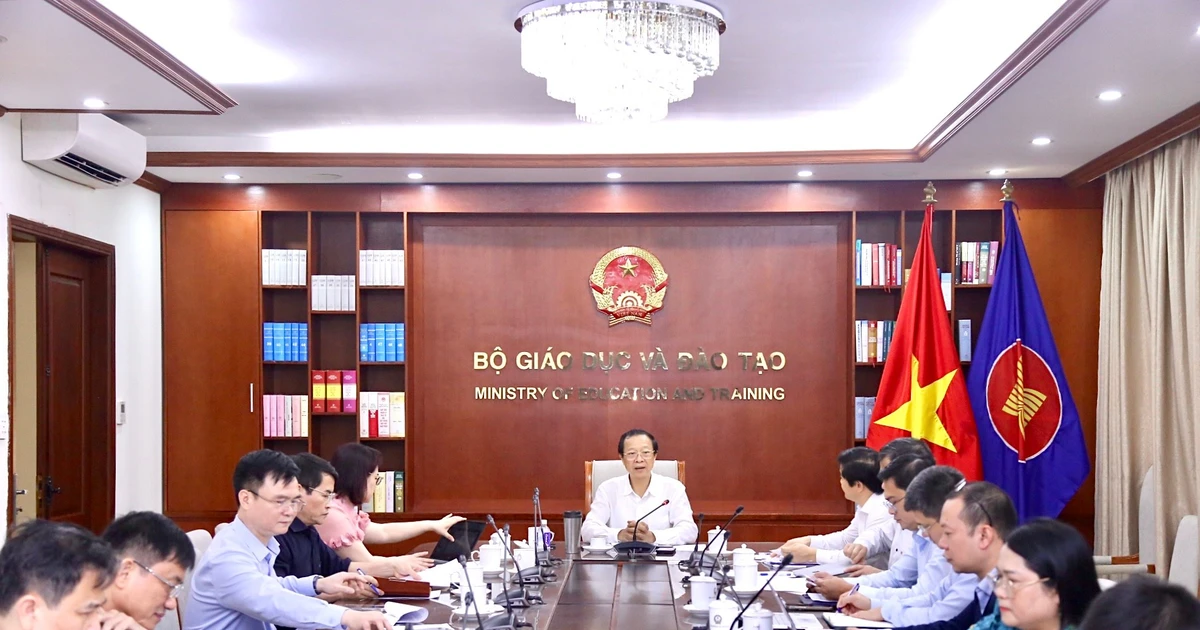
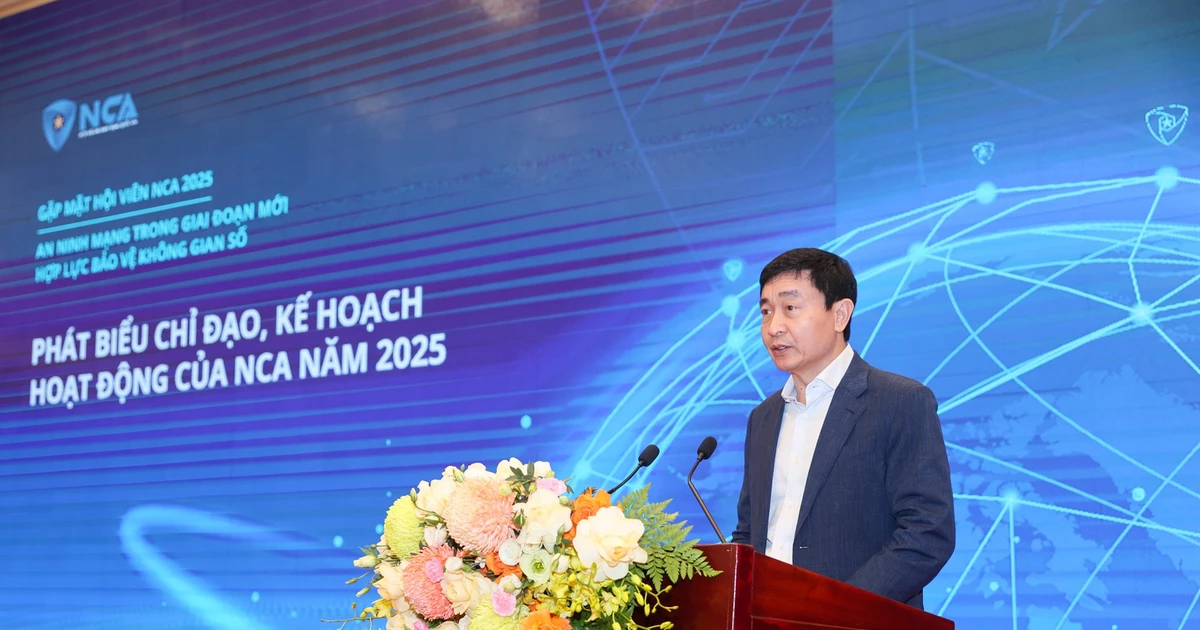









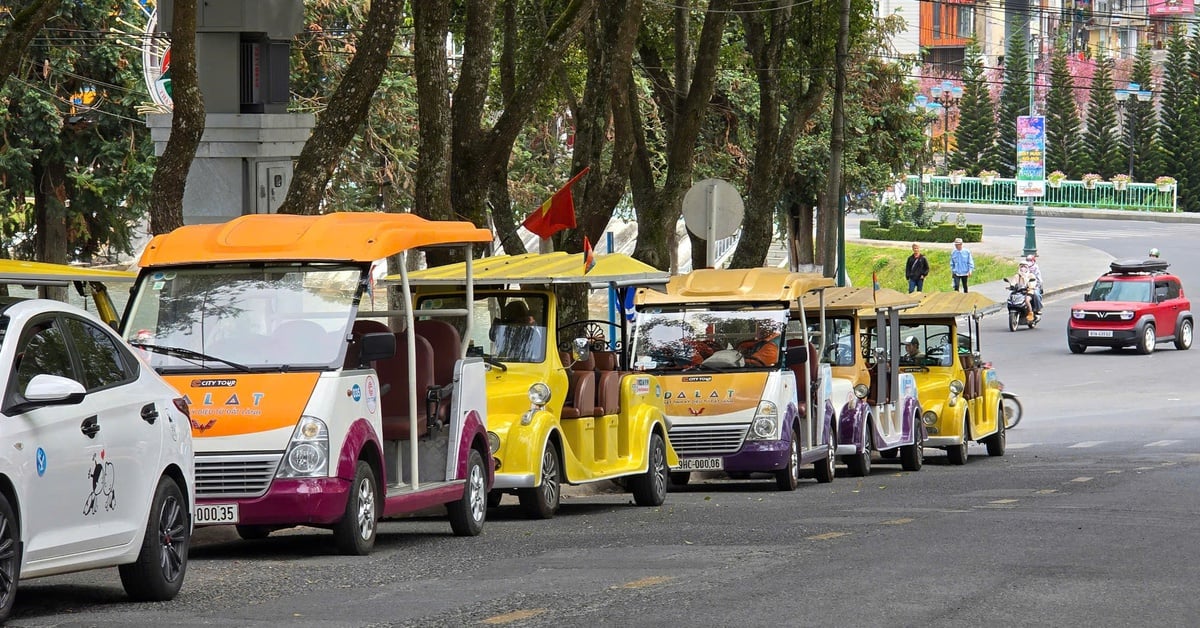

![[Photo] Summary of parade practice in preparation for the April 30th celebration](https://vstatic.vietnam.vn/vietnam/resource/IMAGE/2025/4/11/78cfee0f2cc045b387ff1a4362b5950f)







































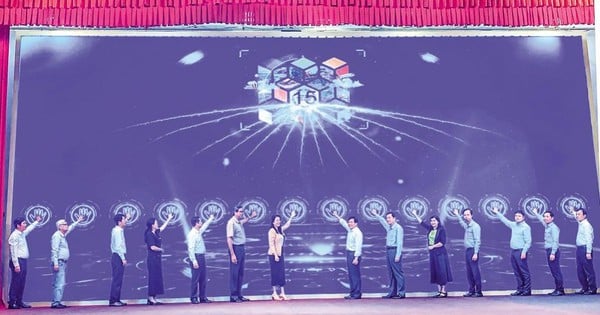
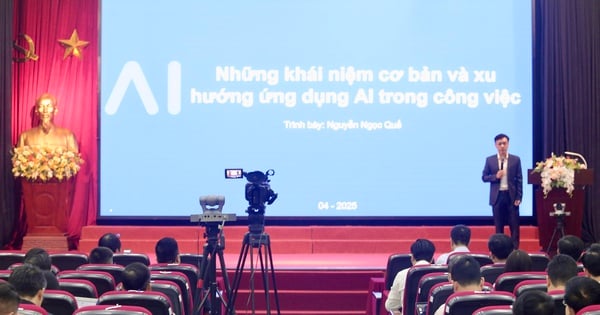
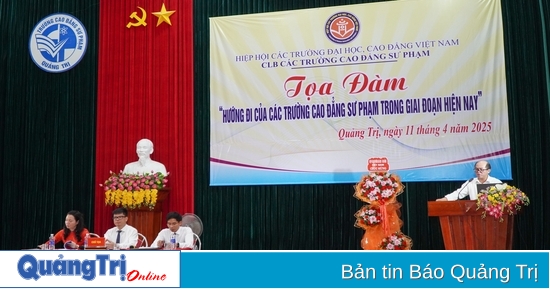


















Comment (0)